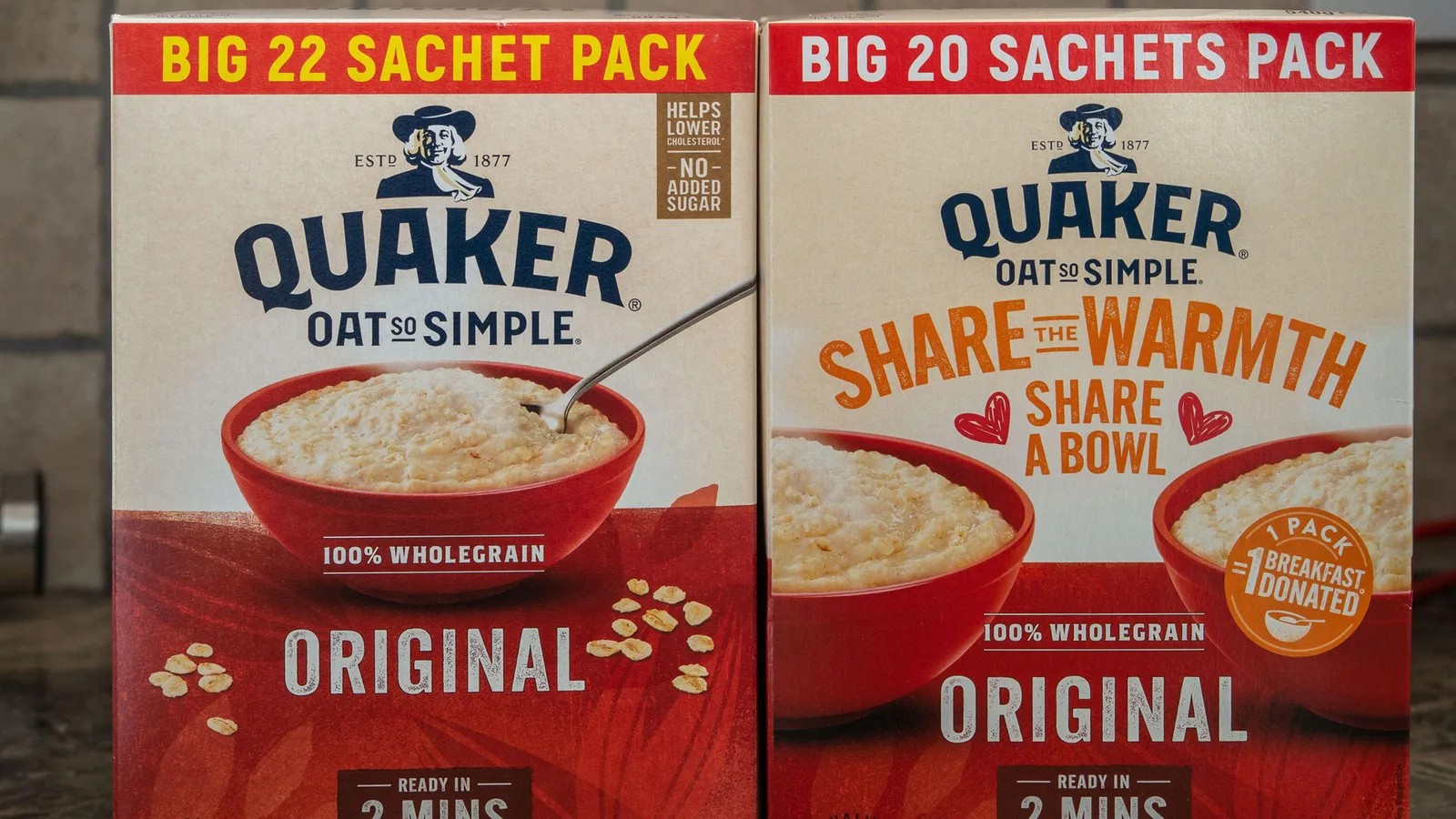'Shrinkflation' isn't a trend – it's a permanent hit to your wallet
If you've noticed you're getting less while your bill at the till stays the same, it's not just you.
'Shrinkflation' – reducing a product's size or quantity while keeping its price stable – is rampant. As the global economy grapples with issues including rising raw material costs, supply chain backlogs and higher post-pandemic labourer wages, consumers are bearing the brunt of spiking production expenses.
Whether it's toilet roll or a bag of crisps, the practice, which mostly happens during times of inflation, is showing up in shops around the world. Last week, French supermarket Carrefour put stickers on products to warn consumers when a packet's contents have gotten smaller without a corresponding price decrease.
Consumers are taking note of the shift to smaller packaging and – and, naturally, they aren't happy, especially as their purchasing power is already falling amid inflation. Yet as uncomfortable as the sticker shock is now, a longer-term problem looms large: past manifestations of the phenomenon show the story of shrinkflation doesn't end when inflation does.
In terms of consumer frustrations, "they notice price increases more than they notice size decreases", says US-based Mark Stiving, the chief pricing educator at Impact Pricing, an organisation that educates companies on pricing. As a result, he says, companies use shrinkflation to raise prices "less painfully".

Comments
Post a Comment